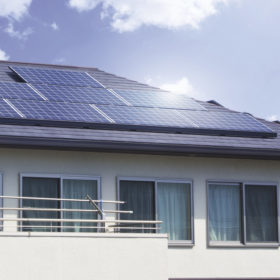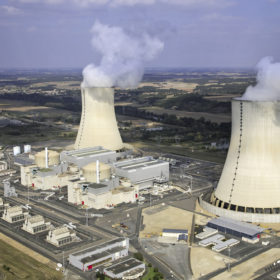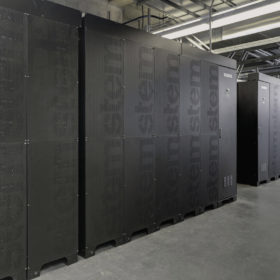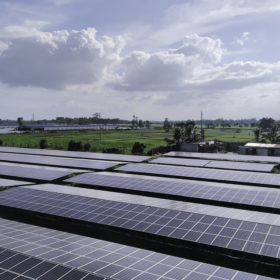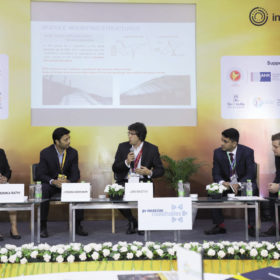A year for transition: Japan’s move beyond the big scale
For the past few years, Japan’s solar industry insiders have been eyeing 2019 as a year of transition in the residential rooftop market, as the original 10 year feed-in tariffs come to an end. So, what will this post-FIT landscape look like, and how are Japan’s leading PV suppliers preparing for the future? Hanwha Q Cells’ Japan Marketing Manager Junichi Katayama breaks down the main points.
Mega projects, mega problems
The clouds gathering over Turkey’s 1 GW solar park in Konya, the first YEKA tender, are dominating discussions among PV players in the country. Developments surrounding the Konya tender illustrate the Turkish solar market’s challenges, as the country’s unsteady economy and its policy preference for local manufacturing appear to be acting as a break on installations.
Playing by the carbon footprint rules
Developers and manufacturers looking to enter France’s utility-scale segment must deal with controversial rules which prioritize projects relying on low-carbon emission modules. But what makes a low-emission module? Clearly ones that are made in France or elsewhere in Europe, according to market data. But despite clearly increasing project costs, the rules do not seem to be an obstacle for the planned gigawatt-scale growth of solar in the country over the coming years.
Reinventing solar
As one of the founders of Germany’s Green Party, as well as the cofounder of Greenpeace’s chemistry division, and the visionary behind the cradle to cradle (C2C) concept, Michael Braungart is a true pioneer. In a conversation with pv magazine, he lays out his vision for the future of solar – an industry he says is one of the keys to our future. It includes innovative module designs and new business models.
Virtual certainty
With the excitement of its subsidy-driven renewables boom now firmly in the past, and the full liberalization of its electric power market looming on the horizon, Japan has become a hotbed for virtual power plant (VPP) development. A number of companies have launched demonstration projects in recent years, backed by the Japanese government’s Sustainable Open Innovation Initiative (SII).
Pursuing a 20% bifacial boost
Research on bifacial solar panel performance has moved performance analysis closer to a standardized practice than ever before. More field tests are underway across the United States, and the first waves of data are expected this year. These tests will help standardize a predictive model for bifacial projects that is bankable.
In conversation: Competing for the entire energy system
As a leading proponent of the “solar as a service” model in the U.S. residential market, Sunrun is leveraging storage to move further into spaces that have traditionally been occupied by utilities and models based on centralized generation. Sunrun CEO Lynn Jurich discusses the future of residential solar in the United States.
Diverse segments drive deployment in Bangladesh
In July, Bangladesh’s renewable generation capacity surpassed the 600 MW milestone. A solid achievement, even though the country still lags behind the government’s official plan to produce 10%, or 2 GW, of its electricity from clean sources by 2020. But with deployment rising in both the commercial rooftop and utility-scale solar segments, development could be poised to accelerate.
Progress on Indian PV quality
While India’s government is taking steps to control the quality of the modules and cells used in solar projects, there is still much to improve upon when it comes to field installation and component selection.
An end to shutdowns
Last month, millions of Californians were left in the dark because their utility, Pacific Gas & Electric (PG&E), preemptively shut down power lines to avoid igniting wildfires. The Public Safety Power Shutoff (PSPS) resulted in substantial economic losses for California residents and businesses – including include lost wages, lost revenues, spoiled food and delayed production – with one economist estimating the losses at $2.5 billion. Not so easy to quantify were the disruptions to daily life and the more serious, sometimes fatal, consequences.
